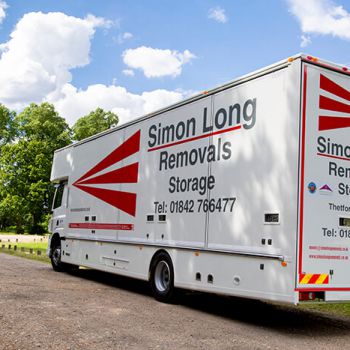How to Move Home With Houseplants
Whether you’ve been a long-time lover of houseplants or it’s something you’ve just got into with the pandemic, we can all agree on just how much value they add to our daily indoor lives. They clean our air, they give every room a more natural aesthetic, and they just have this way of making us feel at peace.
One thing that doesn’t make us feel so peaceful, though, is the idea of having to move home with them. They’re so delicate after all, so the idea of stuffing them into a box and making them travel halfway across the country doesn’t fill us with joy.
But don’t worry – the Simon Long Removals team is here with some tips to make the whole process a little simpler and more stress-free.
Get the season right
The first thing that you want to do is make a log of all the different houseplants that you are going to be moving and then work out when their dormancy period is. The dormancy period of a plant is the time in their lifecycle when their leaves die out, so this is a good time to move them as they wouldn’t be getting a lot of light anyway. Usually, plants go dormant in the winter (somewhere between October and February), so consider planning your move for around this time.
Re-pot your plants
The main reason you’re going to want to re-pot your plants is because you will need to make sure that each plant is in a plastic, shatter-proof pot. Clay pots and pots made from other materials that are prone to shattering may not survive in a car or removal van, so it’s vital that you have this step completely covered.
Give them a prune
To ensure they’re easy to pack, give your plants a prune a couple of weeks before your move date. Of course, if you are choosing to move during your plants’ dormancy periods, then leaves may have fallen off anyway, but it’s best to make sure that they are compact enough to fit in the containers you choose.
Check for insects and parasites
Right before you move, you are going to want to check your plants for insects and parasites; you don’t want to move home only to find you’ve brought a host of little beasties with you! If you need to use any pesticides, be cautious and make sure that you follow the instructions on the bottle.
Packing your plants
Ideally, you are going to want to pack your plants in boxes that have been designed for this very purpose. Plant boxes will have holes that will allow them to breathe, and will usually be the right sort of shape for a plant pot to fit snugly inside. This means you won’t have to do any additional stuffing with things like tissue paper to ensure the pots remain sturdy.
Simon Long Removals have a wealth of experience when it comes to domestic removals, so if you’re anxious about moving your houseplants and need help, we are here. If you would like to ask us any questions about our removals services, all you have to do is get in touch and a member of our team will happily assist you.








